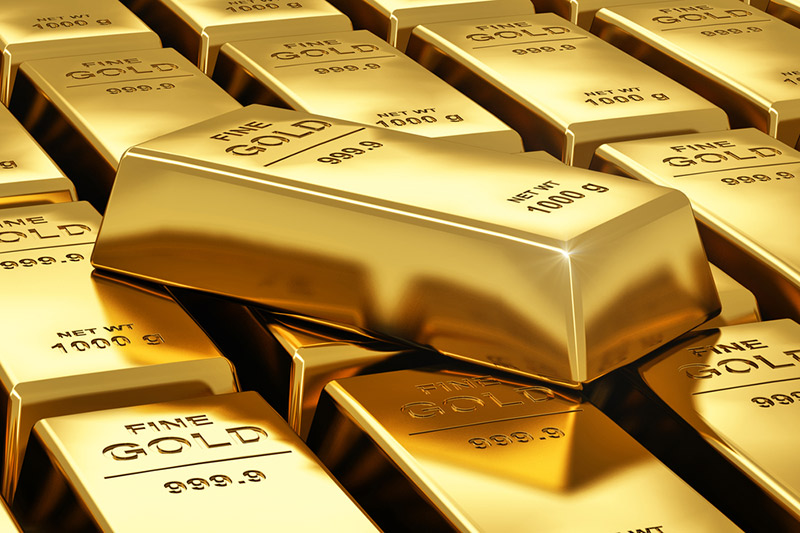Investing.com’s stocks of the week
Investing.com – Last week saw gold prices drop below the psychologically important level of USD1,500 an ounce on Friday as a broadly stronger U.S. dollar and subdued U.S. inflation data reduced the investment appeal of the precious metal.
On the Comex division of the New York Mercantile Exchange, gold futures for June delivery settled at USD1,494.85 a troy ounce by close of trade on Friday, clinging to a modest 0.1% gain over the week.
The U.S. dollar rose to a six-week high against the euro on Friday as mounting fears over a potential default for Greece’s debt weighed on the single currency and boosted the greenback.
The dollar index, which tracks the performance of the greenback versus a basket of six other major currencies, jumped 1.3% on the week to settle at 75.92 on Friday, after hitting a six-week high of 76.14 earlier Friday.
A stronger dollar saps demand for raw materials as an alternative investment and makes metals priced in the currency more expensive in terms of other monies.
Meanwhile, official data showed that U.S. consumer prices rose at a seasonally adjusted 0.4% in April, following a 0.5% increase in March. Core inflation, which excludes energy and food prices that can be volatile, eased up by 0.2%, reducing the appeal of the metal as a hedge against inflation.
Gold prices tumbled 0.95% on Wednesday as weaker-than-expected industrial output data from China sparked concerns that Chinese economic growth was slowing, triggering fears over a slowdown in demand for commodities.
On Monday, gold prices were boosted as jewelers, physical buyers and bargain hunters, especially in Asia, took advantage of the previous week’s price-drop to enter the market.
Elsewhere, silver for July delivery settled at USD35.37 a troy ounce by close of trade on Friday, slumping 1.2% over the week. Silver prices have lost approximately 29% since hitting a 31-year high of USD49.81 on April 25.
“Despite the price slump already, we still see further correction potential for silver, though its downward course is unlikely to be a one-way street,” Commerzbank said in a report on Friday.
On the Comex division of the New York Mercantile Exchange, gold futures for June delivery settled at USD1,494.85 a troy ounce by close of trade on Friday, clinging to a modest 0.1% gain over the week.
The U.S. dollar rose to a six-week high against the euro on Friday as mounting fears over a potential default for Greece’s debt weighed on the single currency and boosted the greenback.
The dollar index, which tracks the performance of the greenback versus a basket of six other major currencies, jumped 1.3% on the week to settle at 75.92 on Friday, after hitting a six-week high of 76.14 earlier Friday.
A stronger dollar saps demand for raw materials as an alternative investment and makes metals priced in the currency more expensive in terms of other monies.
Meanwhile, official data showed that U.S. consumer prices rose at a seasonally adjusted 0.4% in April, following a 0.5% increase in March. Core inflation, which excludes energy and food prices that can be volatile, eased up by 0.2%, reducing the appeal of the metal as a hedge against inflation.
Gold prices tumbled 0.95% on Wednesday as weaker-than-expected industrial output data from China sparked concerns that Chinese economic growth was slowing, triggering fears over a slowdown in demand for commodities.
On Monday, gold prices were boosted as jewelers, physical buyers and bargain hunters, especially in Asia, took advantage of the previous week’s price-drop to enter the market.
Elsewhere, silver for July delivery settled at USD35.37 a troy ounce by close of trade on Friday, slumping 1.2% over the week. Silver prices have lost approximately 29% since hitting a 31-year high of USD49.81 on April 25.
“Despite the price slump already, we still see further correction potential for silver, though its downward course is unlikely to be a one-way street,” Commerzbank said in a report on Friday.
